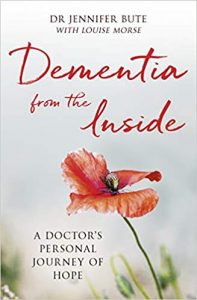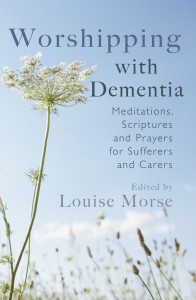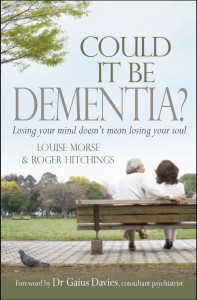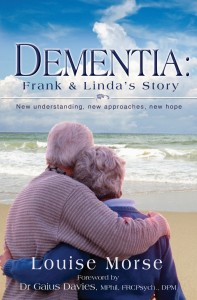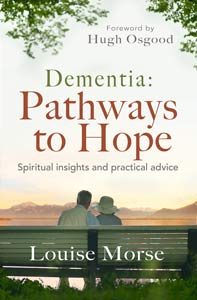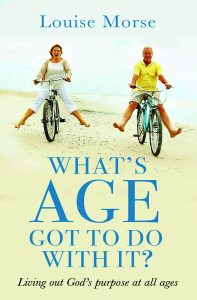‘The rhythm of life is a powerful beat,’ Sammy Davis Jr used to sing in the seventies.
And, if scientists at Boston University are right, getting that rhythm to the right beat in the brains of older people could restore their short-term working memory to that of 20-year-olds. Our short-term working memory helps us to keep our plates spinning, storing information for around 10 – 15 seconds to allow problem solving, reasoning, planning and decision making, helping us, for example, to keep a telephone number in mind while writing it down.
 The theory is that signals from areas of the brain, the prefrontal and temporal cortex, become out of sync as the brain ages. By resynchronising these areas with electrical stimulation, the function of short- term memory is strengthened. In an experiment at Boston University, when researchers fired electrical currents of the same frequency at the areas, older people were able to carry out working memory tasks with an accuracy comparable with people in their 20s.
The theory is that signals from areas of the brain, the prefrontal and temporal cortex, become out of sync as the brain ages. By resynchronising these areas with electrical stimulation, the function of short- term memory is strengthened. In an experiment at Boston University, when researchers fired electrical currents of the same frequency at the areas, older people were able to carry out working memory tasks with an accuracy comparable with people in their 20s.
Forty-two people aged between 60 and 76 received 25 minutes of electrical brain stimulation. They were asked to spot the difference between pictures on a screen both before, and after, and the results compared with 42 people aged between 20 and 29 who had done the same tests. The older people completed the working memory tests ‘roughly’ as well as the younger. The effects of the stimulation lasted for 50 minutes, but researchers think it could last for several hours. Researchers [i] also used brain stimulation designed to desynchronize waves in the younger participants, which caused them to do worse on the memory test.
The technique is called high-definition trans cranial alternating current stimulation, and uses electrodes to target very specific brain regions with a frequency of 8hz and a weak current of 1.6 milliamps. Researchers hope that electrodes will eventually be implanted into hats or headsets which could be administered by doctors or even at home, to give a helpful memory boost when needed.
Lead author Dr Robert Reinhart, of Boston University said, “We are speaking the language of the brain in a manner of speaking. Cells that fire together wire together.
“These findings are important because they not only give us new insights into the basis for working memory decline but show that negative age-related changes are not unchangeable, we can bring back the superior working memory function that you had when you were much younger.’
Commenting on the study, Dr James Pickett, Head of Research at the Alzheimer’s Society, said: “Altering and correcting the circuitry of the brain with technology is a new exciting avenue of research for dementia. The work by Reinhardt and Nguyen is important early stage work that may well stimulate fruitful research into effective treatments of age-related decline of human cognitive function.”
The research was published in the journal Nature Neuroscience.
[i] https://arstechnica.com/science/2019/04/brain-jolts-revive-memory-in-elderly-turning-clock-back-four-decades/









